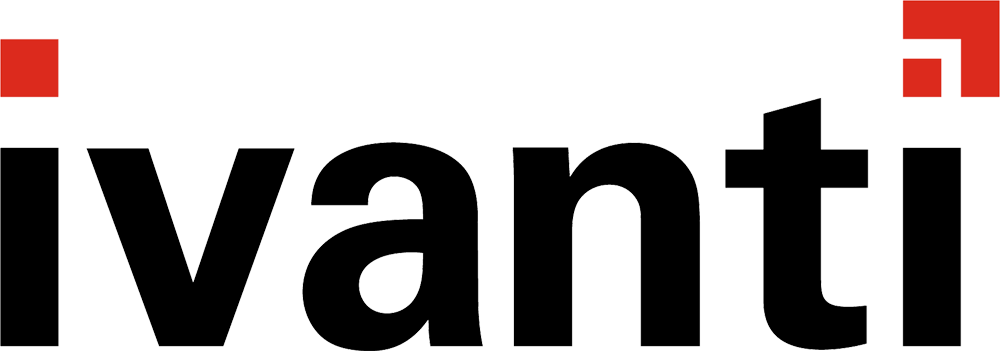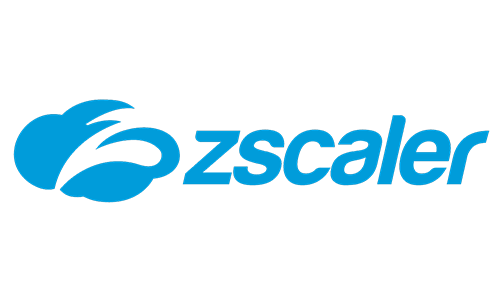
With more talk in the industry about human centred design (HCD), what does it mean to Australia’s IT leaders who are already stretched balancing operations with new digital frontiers? In this article, I would like to go through the emerging trend of HCD and explain how it presents a fresh approach to avoiding age-old pain points.
There has been no shortage of challenges for IT leaders during the past three years. Everything from a shift in hybrid working, to keeping up with the latest digital transformation has left everyone short of time, including time for strategic planning.
Most organisations struggle to bridge the gap between ideas and requirements with solutions and service delivery.
Sure, methodologies like agile and better process management have improved product development and service delivery, but they can be guilty of missing the day-to-day people operations that keeps everything ticking.
This is where the relatively new concept of HCD comes in. HCD is like a new type of business analysis – it takes tools and concepts from the “design thinking” ilk and carries them through to the needs of service delivery.
With HCD in hand, organisations can craft user stories to put in a “pipeline” to facilitate what needs to be developed and solved to make everything work better.
Creating a human-centric lens
Having spent most of my career in IT service delivery, time and time again I see service providers fall into the trap of solely having a customer focus which might not be sustainable.
Processes can become so manual you burn out people internally and still miss the opportunity to improve the client’s capability.
When it comes to operations and service delivery, having a human-centric customer lens balanced with an internal user lens will create more accessible products for the best outcomes.
In marketing, the demographics of a “persona” is used to craft a picture of an ideal customer. Who are the users? And what demographic variables apply? Those questions are routine in other professions, but so overlooked in IT.
When you understand people, you know what a day in the life looks like with the systems and technology they are using, and the processes they need to execute.
HCD puts the end-users of systems, or processes, front and centre and moves on from a pure customer, or organisation-centric view.
If staff must put information into three different systems for one outcome, then there is a clear opportunity to streamline a workflow. By doing this discovery work you understand the emotional aspects of work, including what works well and what is frustrating.
The trick is to make end-user journey maps and discover how they relate to technology and data and how we can improve on them, then you can better define what the opportunities are.
How can we automate data transfer through three different systems? Can staff use data with AI support? How can we make sure users understand how to make their life better? All these questions are great starting points on your HCD journey.
By making the “daily journey” of staff more pleasant, they will also appreciate the outcomes of improved service delivery sooner.
HCD brings a fresh approach to IT service delivery
Australia’s IT leaders are tired of hearing the same old claims from service providers and taking a HCD approach is a much needed change. By having a HCD strategy you’ll quickly see how service providers cannot solve problems if they don’t know what is causing them in the first place.
In my experience an easy two-thirds of organisations are looking at process improvement and automation to improve operations. By taking a HCD approach you can develop solutions to alleviate challenges and go from day-to-day tasks and workflows to full on automation.
We take a HCD approach across our entire solutions portfolio,
The tangible benefits we typically see can include everything from enhanced employee engagement and efficiency, to improved collaboration across employees, suppliers and customers, to reduced operational costs and consolidation of legacy infrastructure, applications and technology sprawl, to a clearer vision for an organisation’s use of data.
HCD is new, but it’s here to stay and the results are too compelling to ignore. Find out how a HCD approach to strategy can help your organisation not simply improve operations, but surge well past the competition.
– Keith Dallinger is Head of Strategic Advisory at Brennan IT










